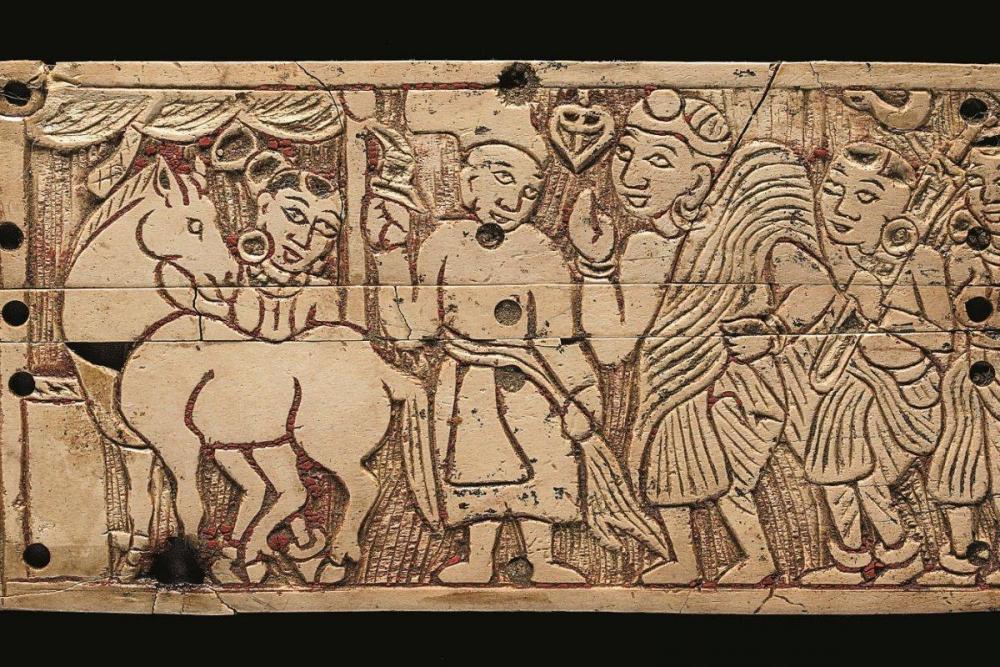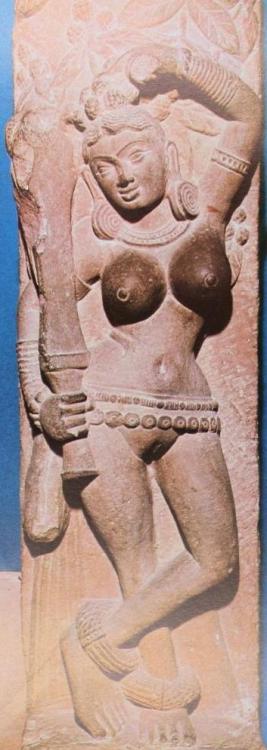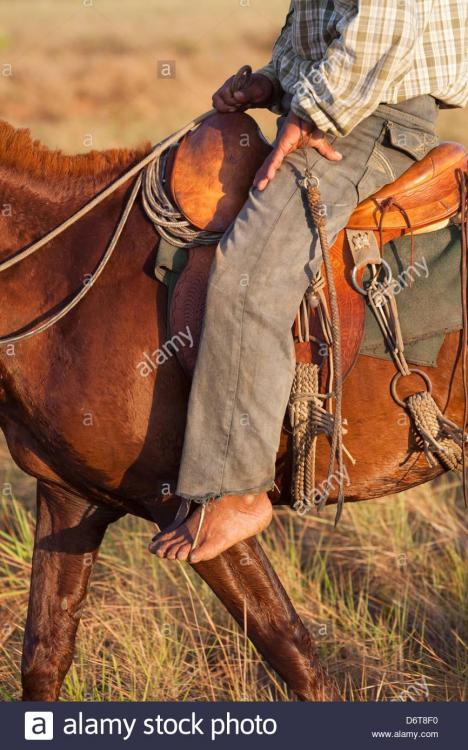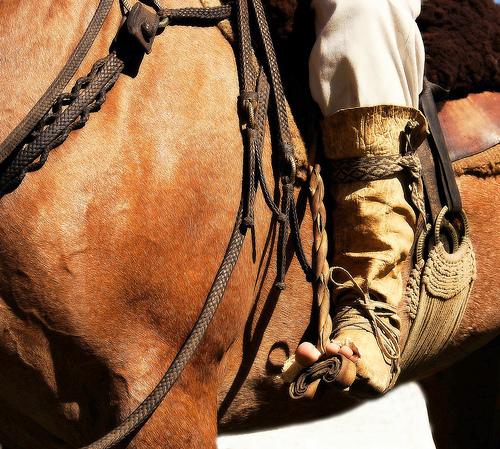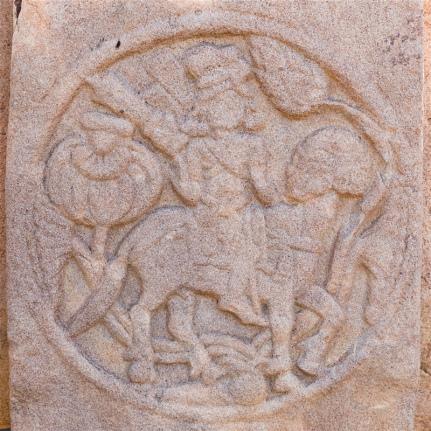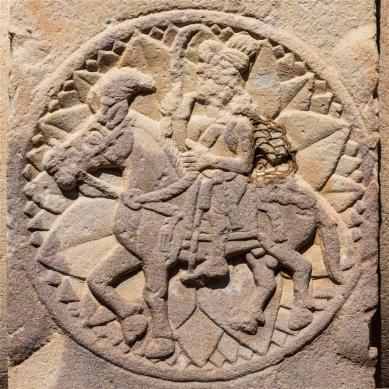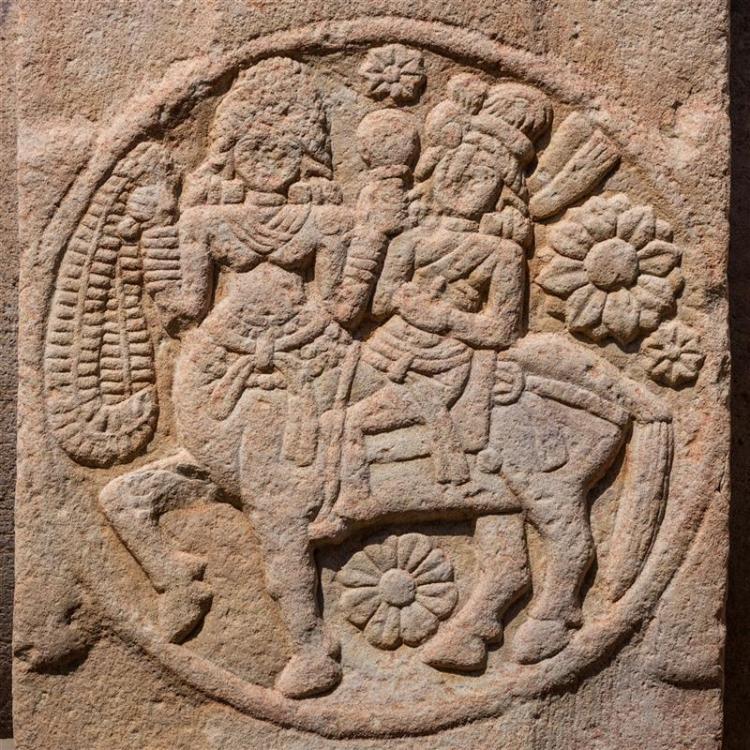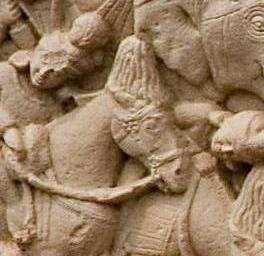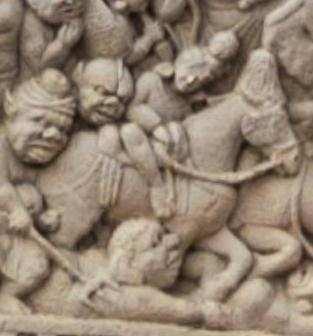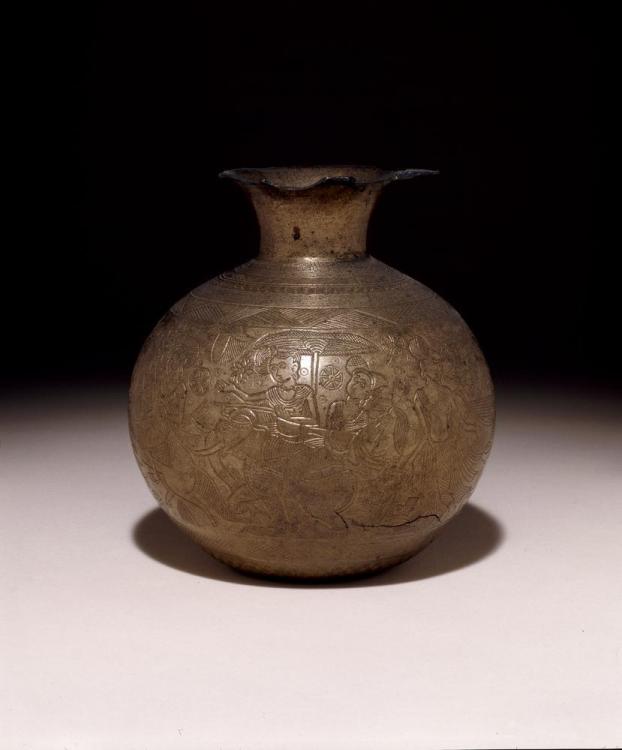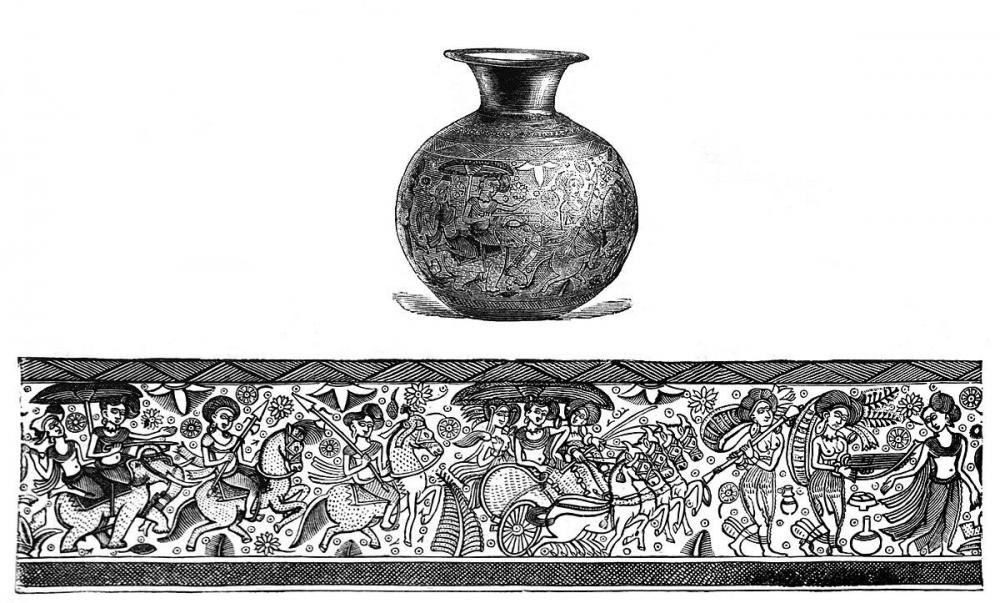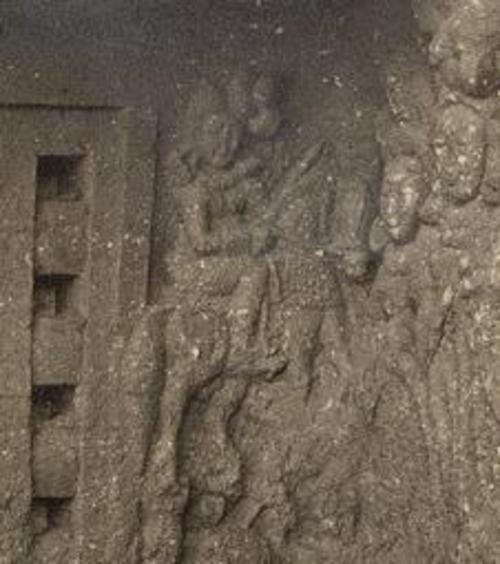-
Posts
532 -
Joined
-
Last visited
-
Days Won
3
Everything posted by lilstewie
-
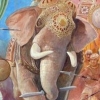
Ancient Indian Horse Support, "Toe Stirrup"
lilstewie replied to lilstewie's topic in Art Development
Those survive, but no relief elements, no statues with such militaristic, etc. samples. Only image of a warrior dating to the Maurya is of very simple art work that looks like a soldier with a Greek/Mediterranean looking helmet. But this art work is very simple. Yeah, militaristic images are pretty rare. You basically have to source references and samples from 2nd Century BC to Century AD. Architectural, religious, court life, etc. elements there are several in comparison. -

Ancient Indian Horse Support, "Toe Stirrup"
lilstewie replied to lilstewie's topic in Art Development
Wood was mostly the method of construction for the Maurya reliefs, etc. So they do not survive from the Maurya's. What survives are the Ashokan edicts, pillars, pillar capitals, some statues, some gems, etc. So those type of samples dont survive. Actually to make the Maurya faction primary archaeological sources are from Maurya's political successors. Because the Buddhist stupa railings, gates, etc. start to be constructed in stone, etc. instead of wood.This isnt much of an issue because all the successors even if they were far apart share cultural similarities in their military doctrine, architecture, clothing, etc. So can assume it wasnt much different under the Maurya union. As with the other elements, the toe lope is found in all corners of India as well. -

Ancient Indian Horse Support, "Toe Stirrup"
lilstewie replied to lilstewie's topic in Art Development
Sanchi reliefs - Around first century BC - Deccan Satavahana empire Bhaja Caves - Around first century BC - Deccan Satavahana empire Chandraketugarh - Around 2nd-1st Century BC - East Sunga Empire Kulu vase - Around first century BC - Northern India -
-
Only two handed sword I've seen from ancient India is this. I have seen in relief images that look like two handed hilts though. You have to be careful referencing later Indian blades for this era. I made that mistake back then. This is a outlier of sort though. Most Indians swords had tight hilts made to use with one hand only. That doctrine was the same from the Maurya or pre Maurya era till the medieval era regardless of the shape of the blade. Outliers do exist of course.
-

Ancient Indian Horse Support, "Toe Stirrup"
lilstewie replied to lilstewie's topic in Art Development
-
This is something not mentioned in literature, or something that widely proliferated, but never the less it does show up enough times. What do you think about implementing such a utility for a Maurya horse upgrade or tech? It's not attached to the saddle like a modern stirrup, but a long rope, leather, etc. of sort with a loop on the two ends. It could be a rather unique upgrade to the Mauryas supported by evidence. Some examples I've found. References are Sanchi, chandraketugarh, kulu vase, bhaja caves. I should say though not widely used across the board in each and every horsemen like later stirrup. It shows up in various parts of the subcontinent, so it spread widely enough.
-

New Release: Alpha 14 Naukratis, IndieGoGo Fundraiser
lilstewie replied to Mythos_Ruler's topic in Announcements / News
Nice, keep up the good work. -
Amazing work Lord. Please continue!!
-
Neat building in the trailer.
-

Rome 2 Total War Factions
lilstewie replied to lilstewie's topic in Introductions & Off-Topic Discussion
-

Rome 2 Total War Factions
lilstewie replied to lilstewie's topic in Introductions & Off-Topic Discussion
Cleopatra Trailer -

===[TASK]=== Ptolemaic shields and unit props
lilstewie replied to Enrique's topic in Official tasks
Macedonian soldiers http://en.wikipedia....c_of_Palestrina Very large Macedonian star. -

Crowd-Sourced Civ: Ptolemaic Egyptians (Ptolemies)
lilstewie replied to Mythos_Ruler's topic in Official tasks
No idea if the size difference is accurate. -

Crowd-Sourced Civ: Ptolemaic Egyptians (Ptolemies)
lilstewie replied to Mythos_Ruler's topic in Official tasks
Yeah, on the shields on the elephant tower, etc. -

Crowd-Sourced Civ: Ptolemaic Egyptians (Ptolemies)
lilstewie replied to Mythos_Ruler's topic in Official tasks
Possible hero mount?? Replace that logo with a Macedonian star. -
Amazing, love how the support beam pokes out.
-

Rome 2 Total War Factions
lilstewie replied to lilstewie's topic in Introductions & Off-Topic Discussion
Crushed, victory is victory. -

Rome 2 Total War Factions
lilstewie replied to lilstewie's topic in Introductions & Off-Topic Discussion
Are the Romans fighting the Seleucids here? -

Rome 2 Total War Factions
lilstewie replied to lilstewie's topic in Introductions & Off-Topic Discussion
Look at this below guys... -

Rome 2 Total War Factions
lilstewie replied to lilstewie's topic in Introductions & Off-Topic Discussion
Here is the gameplay. That unit stats, morale, etc. are modified for the video. I hate the arrow tracers. The arrows in the Carthage video is way better. Yes, Amish. Want too. :fear: -

Rome 2 Total War Factions
lilstewie replied to lilstewie's topic in Introductions & Off-Topic Discussion
Hopefully the modding community can add them.


